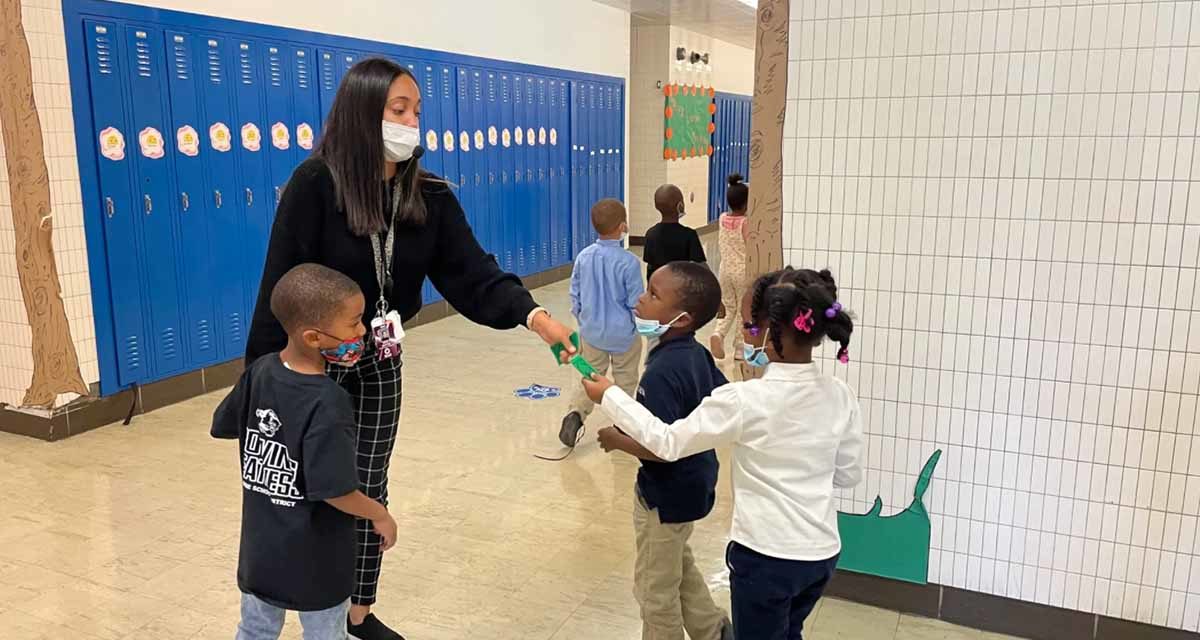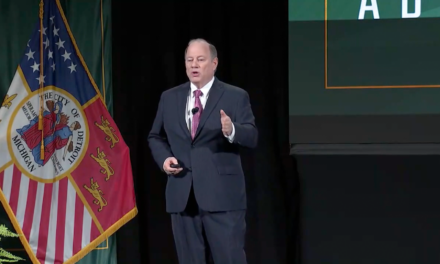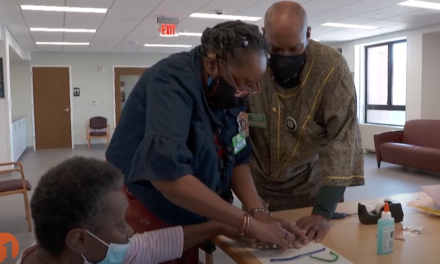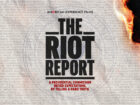By Ethan Bakuli and Koby Levin, in partnership with Chalkbeat Detroit
Detroit superintendent Nikolai Vitti spent much of the last year preaching the importance of in-person learning for students’ emotional well-being.
But getting students back in the classroom was only the first step in what is proving to be a long, uphill battle to help students recover from the emotional and academic effects of the pandemic.
Detroit Public Schools Community District is going remote for three days in December and closed schools for an extra two days before Thanksgiving.
The closures help show that students and educators are under duress as COVID outbreaks and staff shortages pile on top of nearly two years of virtual learning, quarantines, masking battles and COVID fears.
READ MORE: Detroit superintendent considers shorter quarantine for asymptomatic students
Those disruptions, compounded by growing staff shortages, mean “this year is harder for kids and educators than last year,” said Kevin Polston, superintendent of Kentwood Public Schools, who led a council appointed by Gov. Gretchen Whitmer to develop Michigan’s educational comeback. “We knew it would be a multiyear process of recovery.”
School closures this fall make clear that efforts to rebuild relationships with students and reestablish academic routines will be a long-term project for Michigan schools. Outside of Detroit, districts such as Southfield, Eastpointe, and Ann Arbor have gone remote for days at a time in response to staffing shortages and outbreaks. The Grand Rapids district cancelled classes on two Fridays in December, calling them COVID wellness days.
Dozens of districts across Michigan canceled school through the Thanksgiving week in response to spiking outbreaks, including in Grand Haven, Muskegon, and Ypsilanti.
Although Vitti said he strongly favors in-person instruction, he argued that Detroit’s three remote learning days in December are necessary given the mental health challenges teachers and students face.
“The online Fridays will give students a break from mask wearing, the stress of COVID, the anxiety of returning to school with peers and adults they have not seen or known in two years,” Vitti said. “It’s not a long term solution but it provides a much needed break from all of the newness and challenges of returning to school.”
Districts have faced blowback for temporary closures from critics who argue that districts received a record infusion of federal COVID aid to help them give students extra time in classrooms after disruptions last year.
Access the full story to learn more by visiting BridgeDetroit.









